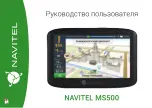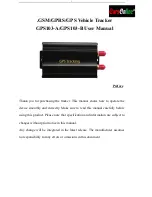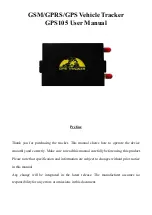
8. Click the Play button to start scenario replay on LabSat.
9. The progress bar gives a visual indication of the current progress through the scenario file being replayed.
10. The total duration of the scenario selected, and the progress of the scenario replay are also shown on the LabSat
software, above.
11. The replay of the file can be stopped and restarted by pressing the ‘Stop’ button then the ‘Play’ button at any point
during Playback.
12. Depending on the sensitivity of the GNSS engine under test, it may be necessary to adjust the output attenuation
control slider. This can be used to vary the output power of the LabSat from a nominal -85 dBm down to -115
dB. In the example below, the digital output attenuator has been set to provide 15.5 dB of attenuation. It is
recommended to try the 0 dB slider setting (-85 dBm output) first. If the GPS engine under test does not lock onto
the LabSat signal at 0 dB then increase the attenuation slider by 0.5 dB at a time and replay the file. It is also
advisable to cold start the GPS device under test after starting each replay to clear any almanac data that the
GNSS engine may have stored.
13. The Advanced Playback Control on LabSat contains a feature that allows you to repeat the same scenario over
again, so that at the end of the scenario replay the LabSat will loop back to the start of the scenario, and start
replaying the scenario over again. The user can specify the number of repeats, or set the scenario to repeat
indefinitely. You can also specify a time delay between repeats, for example to allow time for a cold-start of the
DUT before the scenario re-starts. In the example shown, four repeats have been selected, with a delay of 30
seconds between each repeat of the scenario replay.
https://racelogic.support//LabSat/LabSat__-_User_Manual/10_-_LabSat_Replaying_GPS_Data
3






















